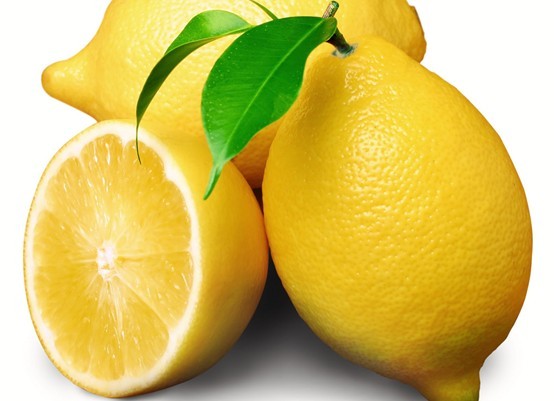Natural Products
Citrus limon (L.) Burm. f.
The lemon is both a small evergreen tree (Citrus × limon, often given as C. limon) native to Asia, and the tree's ellipsoidal yellow fruit. The fruit is used for culinary and non-culinary purposes throughout the world – primarily for its juice, though the pulp and rind (zest) are also used, mainly in cooking and baking.
Nomilinate was found to be the major acidic limonoid present in seedlings of Citrus limon. Nomilin was converted to at least six acidic metabolites in C. limon, one of which was identified as nomilinate. Lemon juice is about 5% to 6% (approximately 0.3 M) citric acid, which gives lemons a sour taste, and a pH of 2–3. Many lemon flavored drinks and foods are available, including lemonade and sherbet lemons, as well as lemon and seasoning salt as a snack. The distinctive sour taste of lemon juice makes it a key ingredient in many dishes across the world.
Nomilinate was found to be the major acidic limonoid present in seedlings of Citrus limon. Nomilin was converted to at least six acidic metabolites in C. limon, one of which was identified as nomilinate. Lemon juice is about 5% to 6% (approximately 0.3 M) citric acid, which gives lemons a sour taste, and a pH of 2–3. Many lemon flavored drinks and foods are available, including lemonade and sherbet lemons, as well as lemon and seasoning salt as a snack. The distinctive sour taste of lemon juice makes it a key ingredient in many dishes across the world.
Research products of Citrus limon (L.) Burm. f.
| Catalog | Product Name | CAS Number | Manual |
|---|---|---|---|
| CFN98551 | Citric acid | 77-92-9 | |
| CFN98839 | Hesperidin | 520-26-3 | |
| CFN99125 | Neohesperidin | 13241-33-3 | |
| CFN99930 | D-(-)-Quinic acid | 77-95-2 | |
| CFN99555 | Naringin | 10236-47-2 | |
| CFN99719 | Eriodictyol | 552-58-9 | |
| CFN99718 | Eriocitrin | 13463-28-0 | |
| CFN90210 | Diosmetin | 520-34-3 | |
| CFN93050 | Limonene | 138-86-3 |
Screening Libraries
Peucedanum praeruptorum Dunn
A unique collection of 23 natural compounds from Peucedanum praeruptorum Dunn
A unique collection of 23 natural compounds from Peucedanum praeruptorum Dunn
Garcinia hamburgy Hook. f.
A unique collection of 21 natural compounds from Garcinia hamburgy Hook. f.
A unique collection of 21 natural compounds from Garcinia hamburgy Hook. f.
Cinnamomon cassia
A unique collection of 26 natural compounds from Cinnamomon cassia
A unique collection of 26 natural compounds from Cinnamomon cassia
Glycine max (L.) merr
A unique collection of 33 natural compounds from Glycine max (L.) merr
A unique collection of 33 natural compounds from Glycine max (L.) merr
Psoralea bituminosa L.
A unique collection of 23 natural compounds from Psoralea bituminosa L.
A unique collection of 23 natural compounds from Psoralea bituminosa L.





